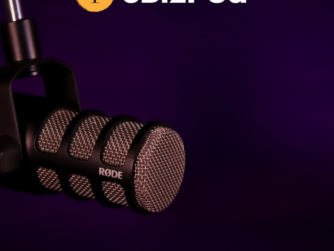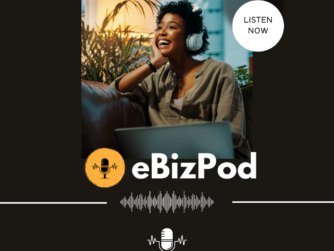Welcome to eBizPod, your go-to podcast for all things business and entrepreneurship! I’m your host, Eugene, and today we’re diving into a powerful tool that can significantly boost your online presence and drive traffic to your business – Google Ads.
Whether you’re a seasoned marketer or new to the platform, this episode is packed with actionable tips to help you maximize your ROI and achieve your advertising goals. So, let’s get started!
Google Ads is one of the most effective ways to reach potential customers exactly when they’re searching for products or services like yours. But to truly succeed, you need to know the ins and outs of the platform. Today, we’ll cover some essential tips to help you create effective campaigns and get the most out of your ad spend.
Google Ads Tips For beginners
First up, let’s talk about Keyword Research. Keywords are the foundation of your Google Ads campaigns. Start by using tools like Google Keyword Planner, SEMrush, or Ahrefs to find relevant keywords with a good balance of search volume and competition.
Focus on long-tail keywords, which are more specific and often less competitive. For example, instead of targeting “shoes,” you could target “women’s running shoes with arch support.” Long-tail keywords tend to have higher conversion rates because they capture more specific search intent.
Eugene: (continuing) Next, let’s discuss Ad Copy. Your ad copy needs to be compelling and relevant to the keywords you’re targeting. Include your main keyword in the headline and make sure your ad clearly communicates the benefits of your product or service. Use strong calls to action (CTAs) like “Buy Now,” “Get a Free Quote,” or “Learn More.” Also, take advantage of ad extensions – these provide additional information and can increase your ad’s visibility. Extensions like site links, callouts, and structured snippets can give users more reasons to click on your ad.
Now, let’s talk about Landing Pages. Your landing page is where the user goes after clicking your ad, and it needs to deliver on the promise made in the ad. Ensure that your landing page is relevant, user-friendly, and optimized for conversions.
This means having a clear headline, concise copy, and a prominent CTA. The page should load quickly and be mobile-friendly, as a significant portion of traffic comes from mobile devices. Remember, a high-quality landing page can improve your Quality Score, which can lower your cost per click and improve ad positioning.
Another crucial tip is Ad Targeting. Google Ads offers various targeting options to ensure your ads reach the right audience.
You can target by location, language, device, demographics, and even specific interests and behaviors.
Use these options to narrow down your audience and make your ads more relevant. For instance, if you’re a local business, you’ll want to target users within a certain radius of your location. Similarly, if you’re selling a product for young adults, demographic targeting can help you reach the right age group.
Eugene: (conversationally) Let’s not forget about Budget Management. Setting and managing your budget effectively is key to maximizing your ROI.
Start by setting a daily budget that you’re comfortable with and adjust based on performance. Use bid strategies that align with your goals – for example, you can use manual CPC bidding to control costs or automated bidding strategies like Target CPA or Target ROAS to optimize for conversions. Regularly review your campaigns and adjust bids based on performance data.
Finally, Monitor and Optimize. The work doesn’t stop once your campaign is live. Regularly monitor your performance metrics, such as click-through rate (CTR), conversion rate, and Quality Score.
Use A/B testing to compare different ad copies, landing pages, and targeting options. Look for patterns and insights to understand what’s working and what’s not. Make data-driven adjustments to improve your campaigns over time. For instance, if you notice certain keywords are driving more conversions, consider increasing your bids on those keywords.
So, there you have it – a rundown of essential tips to help you succeed with Google Ads. Remember, effective advertising requires continuous learning and optimization. By following these tips, you’ll be well on your way to creating high-performing campaigns that drive real results for your business.
Thank you for tuning into eBizPod! I hope you found today’s episode valuable and that you’re inspired to take your Google Ads campaigns to the next level. If you enjoyed this episode, be sure to subscribe and leave us a review. And as always, if you have any questions or topics you’d like us to cover in future episodes, feel free to reach out to us on social media or through our website.
Until next time, this is Eugene, signing off from eBizPod. Keep innovating, keep growing, and stay ahead in the business game!






